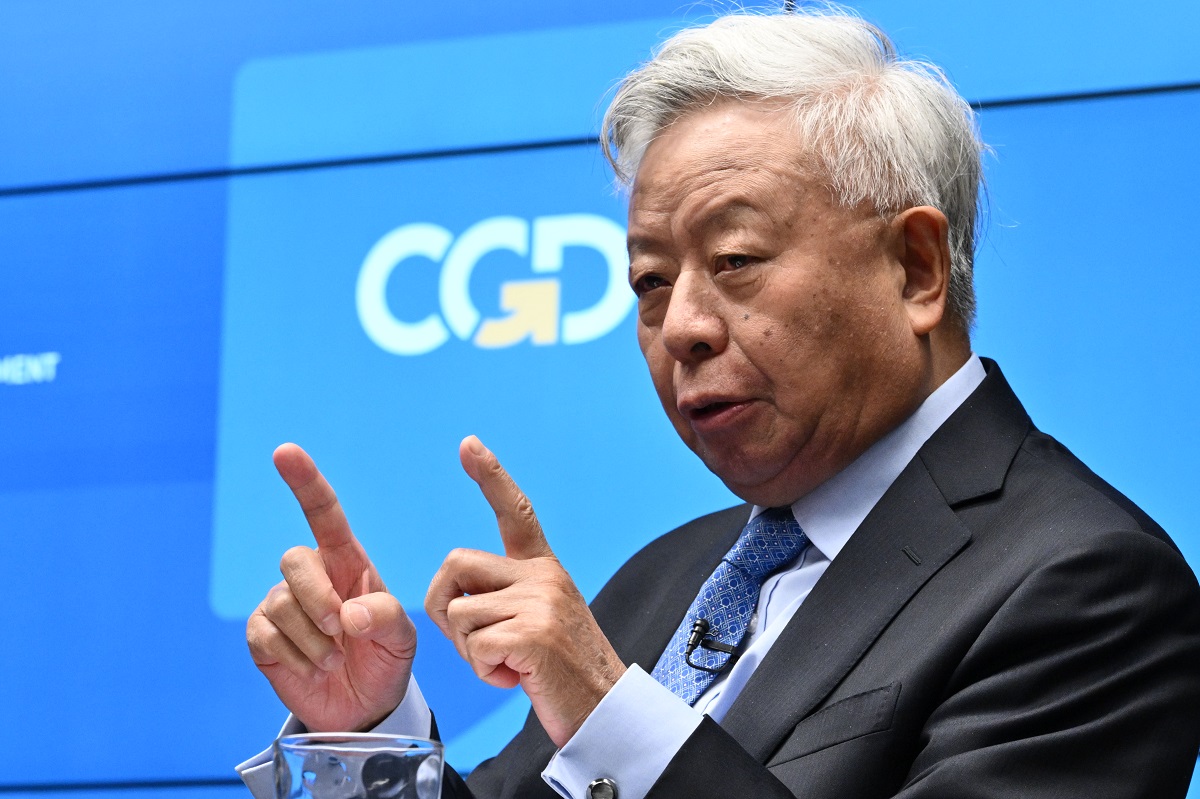October 29, 2007
This week, Congress is debating a Child Soldiers bill that would place limits on U.S. support to countries that do not disarm, demobilize and rehabilitate child soldiers in state forces. We should not be surprised. The past 18 months has seen a flurry of advocacy and especially media attention to the issue of child soldiers, especially in Africa. There have been articles and editorials in major U.S. newspapers, a bestselling memoir of a boy soldier (endorsed by Starbucks, no less), a major motion picture, and a novel of child soldiering that made the New York Times' 100 most notable books of the year. Perhaps never again will we be able to buy a child soldier's memoirs alongside our decaf, low-fat, grande mochaccino.Such media portrayals of child soldiers are animated by two powerful and now familiar images. One is the senselessly brutal and criminal rebel force, or "warlord-led drives whose essential goal is plunder," in the words of a recent New York Times report. The second icon is the drug-crazed teenager, wielding an AK-47, assured of his magical immunity from enemy bullets.The most common and painful image, however, is that of the troubled return to civilian life. "They are walking ghosts," mourns a recent New York Times editorial, "damaged, uneducated pariahs."How fortunate for all of us (and especially for the youth in question) that these images contradict the reality of most formerly recruited children. Indeed, an emerging body of research is dispelling many of these child soldering myths. Unfortunately, these same myths continue to dominate and distort policy aimed at preventing child recruitment and reintegrating children associated with armed groups.Over the past two years I have worked with a psychologist, two human rights researchers, and several NGOs on studies of war affected youth in northern Uganda, the findings of which challenge conventional wisdom and policy. In a recent book chapter, we use survey data from hundreds of former child soldiers to show that, at least in Uganda, adolescent recruitment is a product, not of barbarism, but of rational calculation by the rebel group. Young adolescents were disproportionately targeted for three reasons: because they were overrepresented in the population; because they were more effective guerrillas than younger children; and (perhaps most importantly) because they were more easily indoctrinated and disoriented than young adults. Children who were orphaned at the time of abduction were also much more likely to stay with the rebel group once abducted, suggesting a fourth determinant of child soldiering: the quality of the life to which one can return.These findings have important implications for the way the international community moves forward to end the use of child soldiers--implications that I outlined in a recent blog posting.Perhaps most importantly, however, our study also challenges the portrayal of former child soldiers as damaged, traumatized pariahs who pose an ongoing security threat after war.Such pessimistic views are endemic. The UN envoy for children and armed conflict recently relayed her fear that these children, untreated, "could grow up to become a lost generation of migrant professional killers." Meanwhile, the former French foreign minister recently lamented that they are "lost children… lost for peace and lost for the development of their countries."While such alarming assertions attract attention and money to the rehabilitation of former child soldiers, they seem based on the most sensational interviews rather than general experiences. Credible evidence to support these statements simply does not exist.Quite the opposite, in fact. Our 2006 report on boys and young men in northern Uganda suggests that they are psychologically resilient, peaceful, and enjoy significant support from their families. Only a minority exhibit symptoms of serious emotional distress, and there is no evidence of increased aggression. They live not as marginal people or criminals but as mothers, fathers and citizens.Material suffering is raised by youth far more often more than nightmares and rejection. Juma, 28 years old, had been abducted by the Lord's Resistance Army (LRA) for four years as an adolescent. "What hurt me most," he said, "is that they stopped my education." Indeed, losses of education and work experience are the largest and most prevalent impact of child soldiering among males, but largely because of time away rather than violence and brutality.The trouble with the view of former child soldiers as time bombs and emotional cripples is that it leads us to regard reintegration into civilian life as hopelessly idealistic. Yet the real solutions--access to schooling, a leg up in livelihoods--are ones we know how to provide.The results of a similar survey of female abductees in Uganda will be presented this week in presentations in Washington and New York . Look in the CGD blog and my personal site in the coming weeks for updates on the impact of child soldiering on girls, and the implications for the ongoing peace negotiations and DDR (demobilization, disarmament, and reintegration) programs in northern Uganda.
Disclaimer
CGD blog posts reflect the views of the authors, drawing on prior research and experience in their areas of expertise. CGD is a nonpartisan, independent organization and does not take institutional positions.




